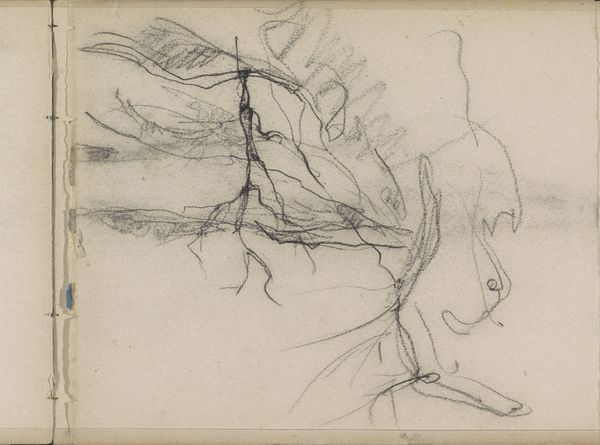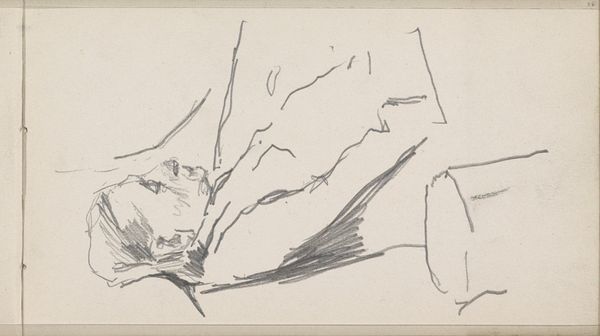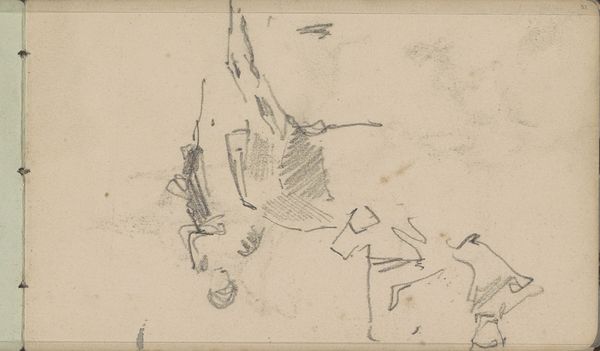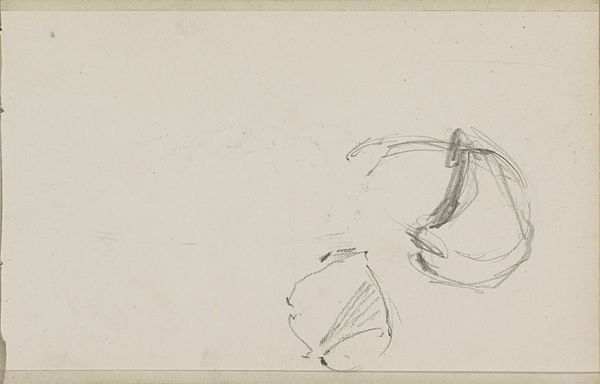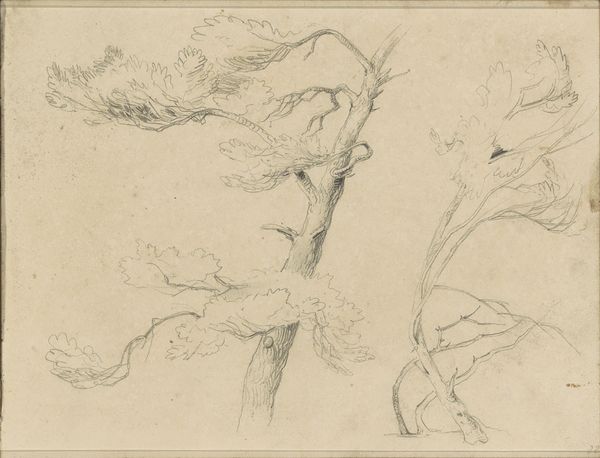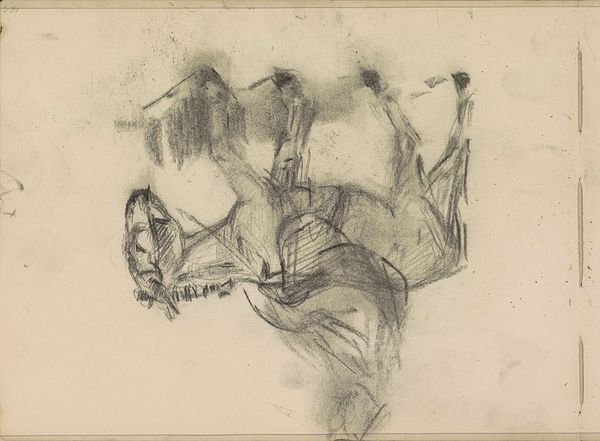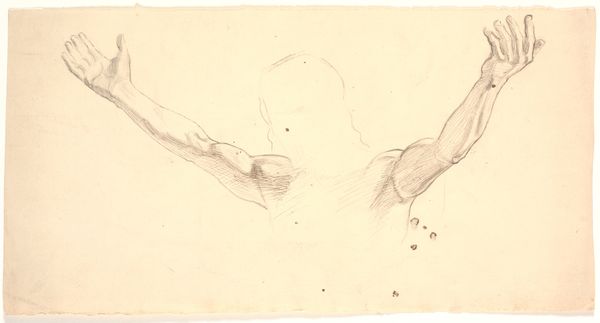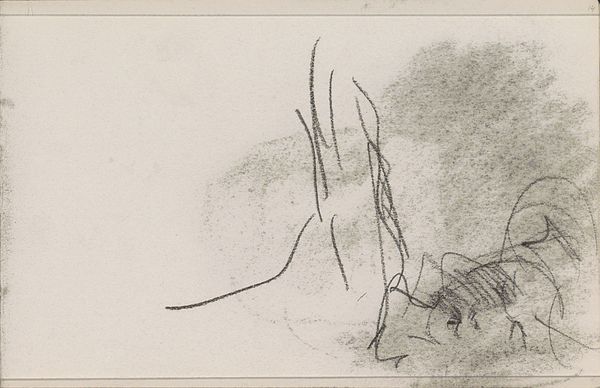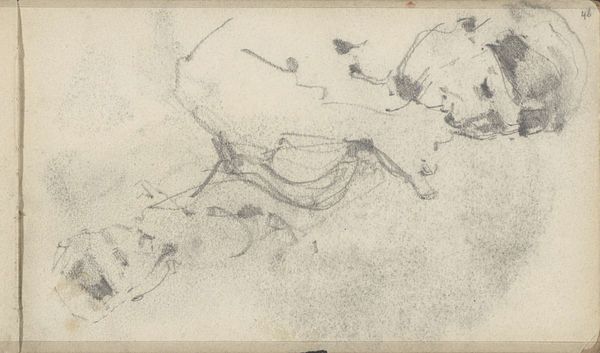
drawing, pencil, graphite
#
drawing
#
dutch-golden-age
#
impressionism
#
pencil sketch
#
landscape
#
pencil
#
horse
#
graphite
#
realism
Copyright: Rijks Museum: Open Domain
George Hendrik Breitner made this graphite drawing, titled ‘Paardenlijven’, or ‘Horse Bodies’ sometime in the late 19th or early 20th century. It's now held at the Rijksmuseum. The sketch gives us a glimpse into Breitner's artistic process and, more broadly, the changing social landscape of the Netherlands at the time. In Amsterdam, horses were everywhere, essential for transport and trade. Breitner was known for capturing the everyday life of the city, often focusing on working-class subjects. His choice of subject reflects his interest in the urban experience. Breitner was associated with the Amsterdam Impressionism movement, which broke from the traditions of the art academy and embraced a more realist style. By looking at Breitner's notebooks and letters, and also at the urban history of Amsterdam, we can understand how social and institutional contexts shaped his art. This reminds us that art is not made in a vacuum, but is deeply connected to the world around it.
Comments
No comments
Be the first to comment and join the conversation on the ultimate creative platform.
